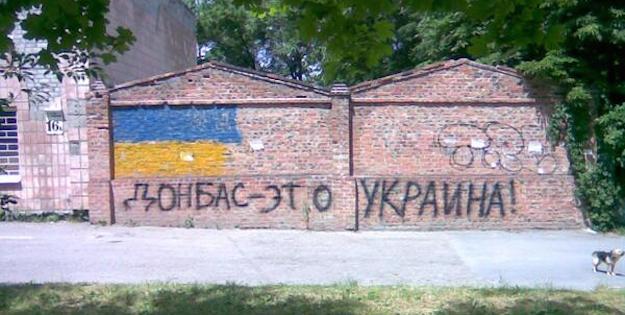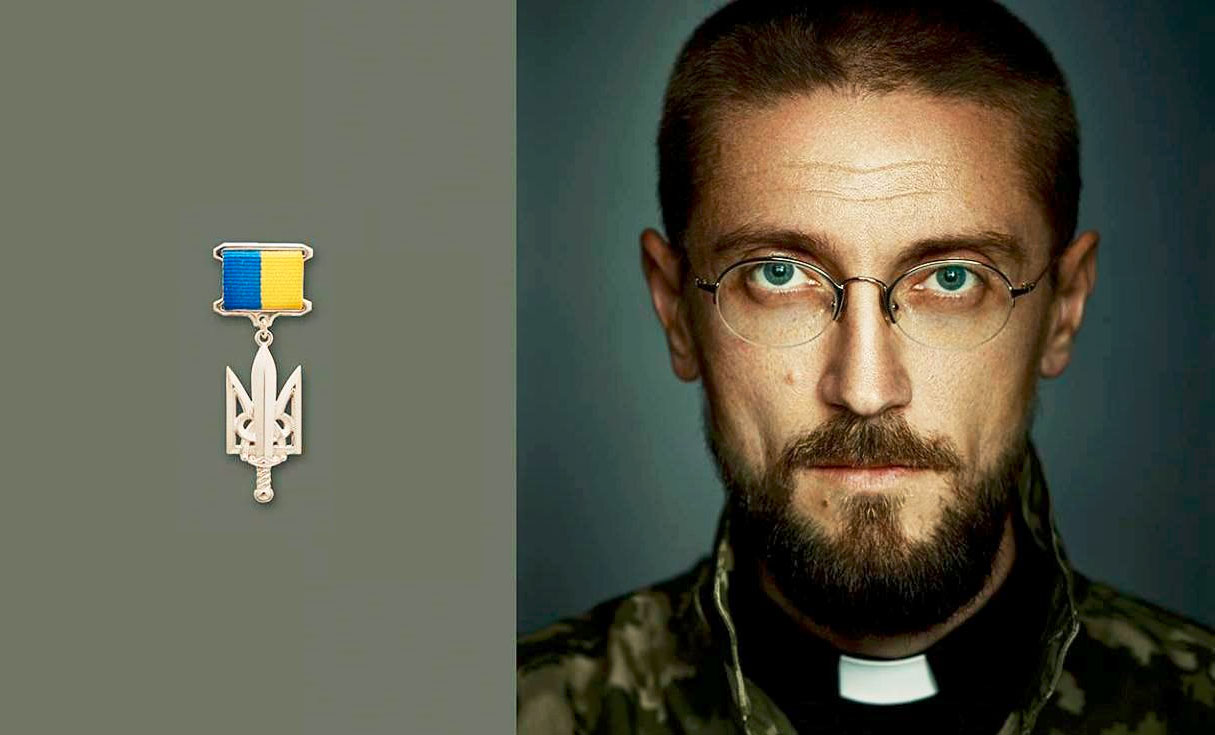Ukraine is in the middle of another war scare – the second one in just one year. Reports in US mass media in the last two and a half weeks, statements of US government representatives make people think about the worst-case scenario: that Russia might switch from a limited local low-intensity war in Donbas to a high-intensity war of a larger scale. Will Russia really invade Ukraine? Here is what we know — and the limitations of any such conclusion.
So how many Russian troops are on Ukraine’s borders?
This war scare commenced with reports in Washington Post and POLITICO which said that equipment of 41st Combined Arms Army (CAA; for one division) moved from the Pogonovo training range (Voronezh region) to the Yelnya training range (Smolensk region). This equipment was brought in the area of the 20th Combined Arms Army in April 2021 amid an earlier war scare. Later Bloomberg reported that some elements of the 1st Guards Tank Army which is located around Moscow were noticed in Russian regions adjacent to Ukraine and might head towards Pogonovo.
114,000 troops are approximately 1/9 of the entire Russian army. which numbers roughly 900,000 troops. The proportion is less rosy if we count forces in BTGs as the smallest combined arms unit capable of independent limited offensive actions. According to Sweden governmental analysts, there are approximately 146 BTGs in the Russian army – so 36 BTGs constitute almost 25% of them. From another perspective, 92,000 Land Force troops constitute approximately 1/3 of all Russian Land Forces, which number roughly 270-280,000.
That’s why the answer to the question of whether the number of Russian troops near Ukraine now is big or small depends greatly on which assessment indicators one takes.
What matters more is the training of troops and proper equipment with special emphasis in long-range fires and precision munitions; capable Air Force platforms; intelligence, surveillance, and reconnaissance; command and control; electronic warfare. And, alas, Russia in the last 12 years of reform and rearmament made major strides and improvements in the abovementioned fields.
Ukrainian officials mentioned another interesting thing – that Russia now is stoking equipment near Ukraine. This means that in case of need, only personnel should be transferred which, in turn, shortens preparation time. And, alas, this happens not only with regards to the mentioned formations of 41st CAA. According to some reports, the 58th CAA, which trained in Crimea this year, also left some of its equipment (first of all artillery) on the peninsula.
By the way, those exercises were done within the larger command and staff exercise of the Southern Military District which took place this October. The scale of that exercise didn’t differ much from last year’s KAVKAZ 2020 strategic command and staff exercise. In itself, it’s quite bizarre that both Russian military districts adjacent to Ukraine have large-scale command and staff exercises, with the planned ZAPAD-2021 maneuvers taking place in the Western Military District. Usually, in this kind of exercises the Russian military works out two things – creating and applying large interservice grouping of forces within a plan of operation, the final stage of which envisions encirclement and destruction of enemy forces.
In the end, people’s fears are based on the phenomenon of so-called operational deployments when a country rushes its troops and equipment towards the border to create a preponderant grouping of forces and seize the initiative at the start of war. History shows that losses in operational deployment creates disadvantages with grave strategic consequences – as the Franco-Prussian War of 1870-71 or the opening phase of the Soviet-Nazi War of 1941-45 made clear.
Western statements
Another matter that raises additional concerns are the statements of the US and other Western governments. Especially it’s true with regards to consultations the US government held with its allies within NATO about a possible new Russian attack against Ukraine. If the US government is doing such things, it means that they know something important that we don’t know.
Well, the problem is that the US government, as the public statements of Department of Defense spokesperson make clear, have the same conundrum – they see a movement of Russian troops using reconnaissance satellites of different kinds but they don’t know Russian intentions, which makes it impossible to say definitely what Russia is up to.
Under such conditions, it’s natural to anticipate that worst fears might materialize. One good excuse for this approach is that it’s the safest way of rebuffing possible criticism should worst fears indeed materialize. Back in 2014, Western intelligence services didn’t anticipate Russian incursions first in Crimea and then in Donbas. So now it’s in their bureaucratic interests to operate under the worst-case scenario. The same is true with regards to statements made by US Secretary of State Antony Blinken when he recalled the events of 2014. Basically, he just said that given this experience nothing should be excluded with reasonable certainty.
Now it seems that the whole Western approach in this war scare is identical to the one in the past spring. Namely that publicity, words of solidarity, and consultations would be enough to make Russia reconsider its possible decision to broaden aggression against Ukraine.
UK Prime Minister Boris Johnson’s statement on the need for Europe to choose between Russian gas or solidarity with Ukraine might be a signal that economic sanctions against Russia are on board should the need to apply them arise.
So, what to look out for?
People want to have short and definite answers – in this case, whether Russia would broaden its military aggression against Ukraine or not in the end. The problem is that under these conditions no analyst with proper professional ethics will dare to state a short and definite answer.
For Moscow, the Ukrainian issue has no plausible military solution.
There is one missing link in the whole process that prevents making definite conclusions – we don’t know what ultimate political goals might Russia pursue by means of another hypothetical round of escalation. Goals are key, as they are the main determinant of which kind of forces to assemble and how to apply them. Without them, the whole process of making analyses and conclusions is stripped of solid ground.
On the one hand, it’s reasonable to say that the Ukrainian issue in Russian foreign policy doesn’t have a military solution. Moscow can’t force Ukrainians to like Russia after all crimes committed against Ukraine. As numerous polls made clear, even in those Ukrainian regions where people had favorable views towards Eurasian integration before 2014 no such sentiments prevail now.
Modern Ukrainian identity is built on negative feelings towards Russia, as the result of Russian miscalculations of 2014. Under these conditions, it’s possible to talk about some form of coexistence, but no friendliness or integration as Russia desired in 2010-13. Basically, the more reasonable Russian experts agree with idea that for Moscow, the Ukrainian issue has no plausible military solution.
On the other hand, the problem is that the Russian leadership lives in its own created world, where a largely pro-Russian Ukraine is controlled by a small faction of radical nationalists, which of course is utter nonsense. What is also certain is that in 2021, the Russian leadership became more aggressive in its public rhetoric towards Ukraine, which may signal an upcoming more forceful approach towards Ukraine.
The most plausible scenario might be a repeated 2008 operation against Georgia, which led to the destruction of the Georgian Armed Forces but on a larger scale. Ukraine’s Joint Forces Operation deterring the Russians in Donbas has the most vulnerable position, with its flanks being open towards simultaneous strikes from the north and south.
Russia may see the partial destruction of Ukrainian forces as a way of compelling Ukraine to sign another agreement on terms more favorable to Russia. Moscow might justify a new act of aggression by the need to preserve the cease-fire on the front-line in Donbas, which Ukraine allegedly threatens. Of course, it would be another example of Russia turning things upside down to justify its aggression, but as previous experience has shown, Russia is quite good at twisting the narrative and making people second guess things in a way favorable for itself.
And two short remarks in the end instead of conclusions.
First, history teaches us that starting a large-scale war is easier than finishing it on favorable terms -- in the epoch of mass nationalism, compelling people to accept one's will is not that easy. And in general, after the start of the war events start to twist and turn in their own logic – very often not as planned originally. Second, it’s the most foolish thing in the world to try to remedy one mistake (limited aggression against Ukraine in 2014-15) with a much larger mistake (all-out war against Ukraine).
 Mykola Bielieskov is a Research Fellow at the National Institute for Strategic Studies under the President of Ukraine. The expressed views are that of the author only and don't represent the official position of National Institute for Strategic Studies
Mykola Bielieskov is a Research Fellow at the National Institute for Strategic Studies under the President of Ukraine. The expressed views are that of the author only and don't represent the official position of National Institute for Strategic Studies
Related:
- To have stable and predictable relations with Russia, US need to strengthen Ukraine
- What if? Hybrid War and consequences for Europe (part 1)
- How Ukraine can escape the trap of the Minsk Protocols and return to international law
- Zelenskyy is solving the wrong war
- Everything you wanted to know about the Minsk peace deal, but were afraid to ask
- Leaked Kremlin emails show Minsk protocol designed as path to Ukraine’s capitulation”





